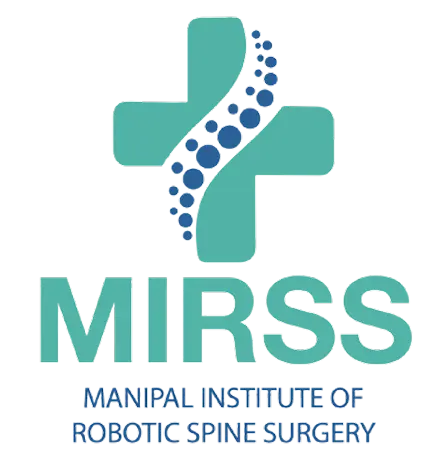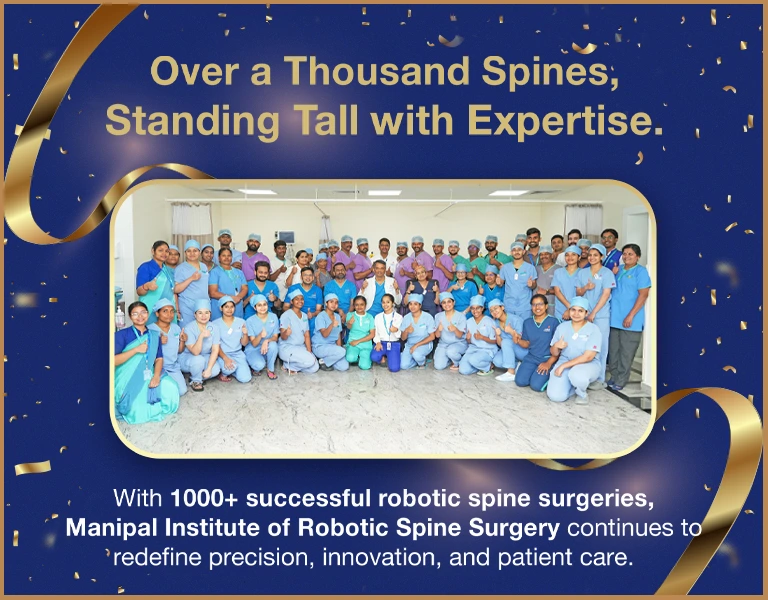In this video, Mr. Andy Darby from Plymouth, UK, shares his transformative experience undergoing
spine surgery under the care of Dr. S. Vidyadhara, Chairman and HOD - Spine Surgery, Consultant -
Robotic Spine Surgery at Manipal Hospital Old Airport Road, Bengaluru.
Andy had been struggling with spondylolisthesis for over 10 years following a bike accident,
which left him unable to stand or walk for more than 5 minutes at a time. He had chronic low back
pain radiating to both lower limbs, severely impacting his quality of life. After years of limited
treatment options and long waiting periods in the UK, he decided to explore surgery in India,
choosing Dr. Vidyadhara for his expertise and reputation.
At the hospital, Andy underwent tests, including X-rays, MRI, consultations, and blood work,
within 7 hours of his arrival on December 3rd. After reports, he immediately underwent a robotic
transforaminal lumbar interbody fusion surgery at the L4-5 level. He noted that such a process
could take up to 8 months in the UK.
Remarkably, Andy was able to walk just 4 hours after the procedure and was discharged the very
next day. This highlights not only a successful surgical outcome but also the speed and quality of
care available at Manipal Hospital Old Airport Road, Bengaluru.



























.jpg)
.jpg)
 (1).jpg)
.jpg)